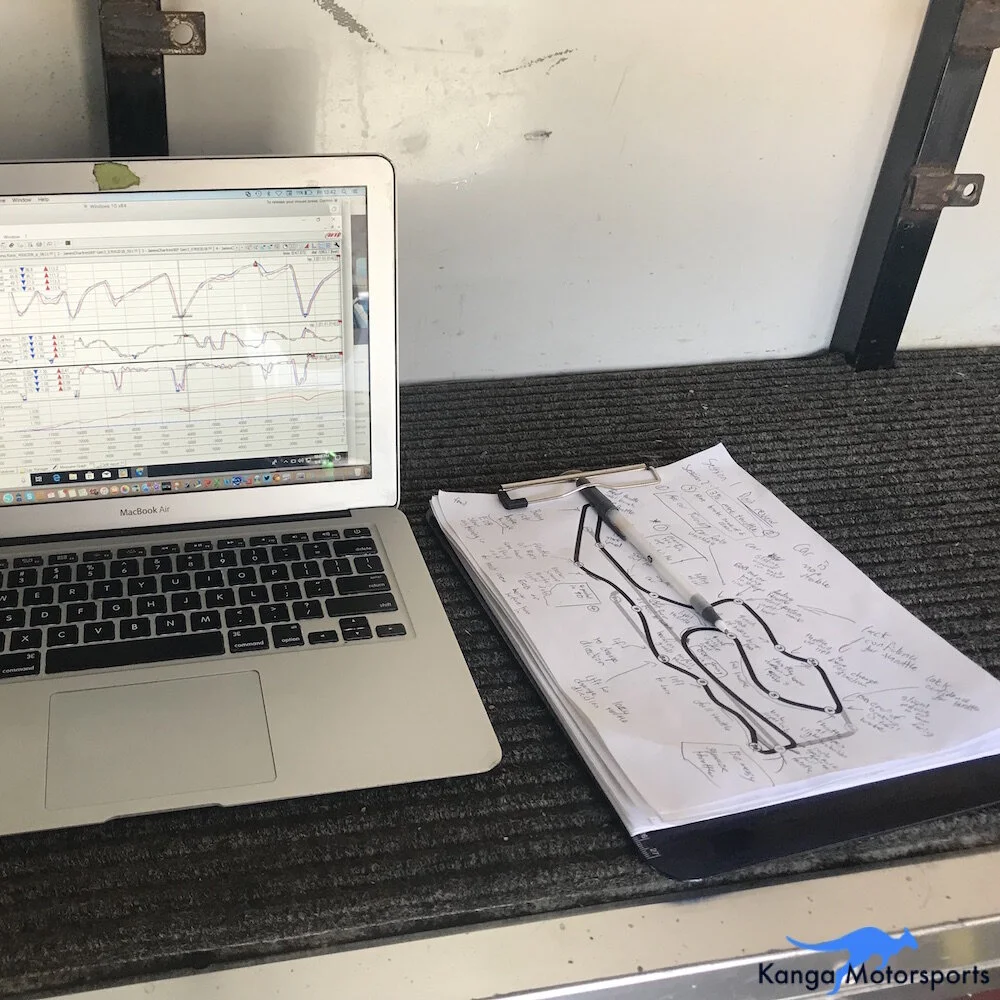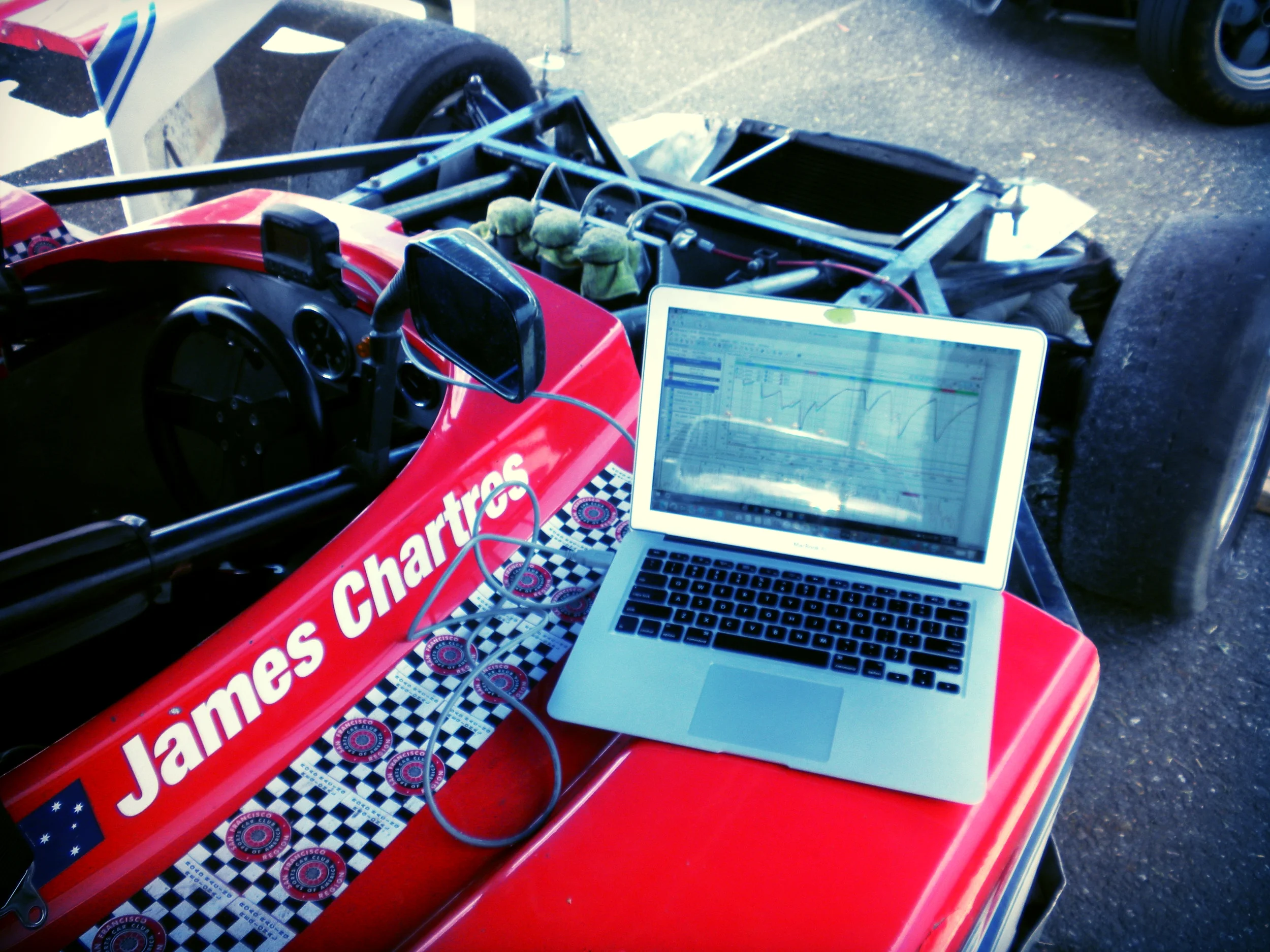Most drivers dread the rain, some won't even run but others get excited. With the winter season approaching in the northern hemisphere now is a good time to get prepared for inclement weather. Here are 8 tips to help you get excited and improve your lap times.
Clean Fog Free Windshield / Visor
In open-cockpit cars, it’s the visor that is the challenge. In closed-cockpit cars, it’s the windshield. The goal is the same, if you can't see, then you can't put the car where you want it, making it very difficult to drive. Before any wet track sessions make sure you have a clean windshield or visor. Use some anti-fog on the inside to prevent it from fogging up. Even with anti-fog you can still have an issue with visors, try cracking the visor just a smidge to get a little more air flow without allowing the water in. One thing I learnt from motorcycling in fog is that if you turn your head slightly left or right the air can help to clear any water. Of course this trick only works with open cockpit cars. For closed cockpit cars make sure you have new wiper blades. Racecars normally sit around in the heat and sun between sessions meaning the wiper blades are likely hard, cracked and of little use in the rain.
Use a Clear Visor
If it is raining then you don't need one of those fancy tinted or colored visors, go with the standard clear visor. Most new helmets come with a plain clear visor. I get a tinted visor and use the clear visor as my rain visor. If you have extra cash you can buy a new visor, that is one without a lot of stone chips or scratches as water will tend to stick and pool in those areas. You can also apply window cleaner with hydrophobic elements (such as Rain-X) to help the water bead and clear quickly. The same is true for a windshield on a closed cockpit car. A little Rain-X can help bead and clear the water faster, especially at speed.
AVOID THE SHINY STUFF
Now that you can see, you need to know what to look for. Smooth or slick surfaces in the wet will pool water and end up creating areas of standing water or puddles. Obviously you want to avoid these areas. Common slick areas include paint, large rubber build up or concrete repaired sections of the track. When driving on your out laps you should be able to spot these areas of the track, they will look shiny. The sections of the track with more grip will look more matte.
Not the Traditional Line
The traditional racing line on the track doesn't always work in the wet. The racing line tends to have oil and rubber on the track making it slippery with water present. The main reason there can be less grip is the aggregate in the track surface is less sharp as it has been polished. Similarly with street courses the road is polished by all the cars and street tires passing over.
In the wet you sacrifice the traditional line for grippier parts of the track. Often this means driving on the outside of turns or mid track in some sections. Try to keep your braking in a straight line and take the grippiest line you can that will allow you to get on the throttle as soon as possible, in a straight line if possible.
So why don't people drive those lines in the dry? Because they don't always result in the smoothest arc or highest speeds possible. Yes the lateral grip achievable might be higher but you have to compromise the turn or cornering speed and therefore a slower overall lap time.
SMOOTH INPUTS
Racing in the rain is great practice for driving in the dry. In the rain you want to be smooth with your inputs gas, brake and steering. You want to drive smoothly managing the balance and weight transfer of the car. Jerky quick movements should only be used to react to slides or save the car from a spin.
Setup Changes
Depending on how wet the conditions are you might want to change the setup on the car. If it is just damp and you expect it to dry up, don't change the set up on the car. If it is really wet out, you want to soften up the car. As an example for the Spec Racer Ford we extend the sway bars to maximum or disconnecting them completely.
Wipe that Visor
This one applies to open cockpits only. Each person does it different but find a way so that you can wipe your visor during the race. Tear offs are next to useless as the water gets between the layers. Wiping with your gloves can often result in smearing dirt, oil or grease across the visor. I have seen some drivers tape a strip of microfiber towel to the back of their glove. I like many other drivers tend to just put a microfiber towel where I can reach it in the cockpit.
The warm up lap and start tend to be very dirty as cars kick up a lot of muck in the spray before they start to spread out. I put a single tear off strip on my helmet for the start and get rid of it before there is too much dirt or the water gets underneath.
Wet or Dry Tires/Tyres
Sometimes the risky ones are rewarded with a drying track or sudden downpour. Other times they are left behind struggling for grip. In general if you are seeing standing water on the track or increasing rain then it is time for wet weather tires. If the track just looks damp but there isn't standing water than you can get away with slicks and being smooth. Another tool you can use to predict the rain is the weather radar map. After a few times in the wet you will get better at reading the surface but sometimes it comes down to luck as you can't always predict what the weather will bring.





















Want to be faster at the track? We share our tips and tricks on reviewing your videos and improving your lap times.